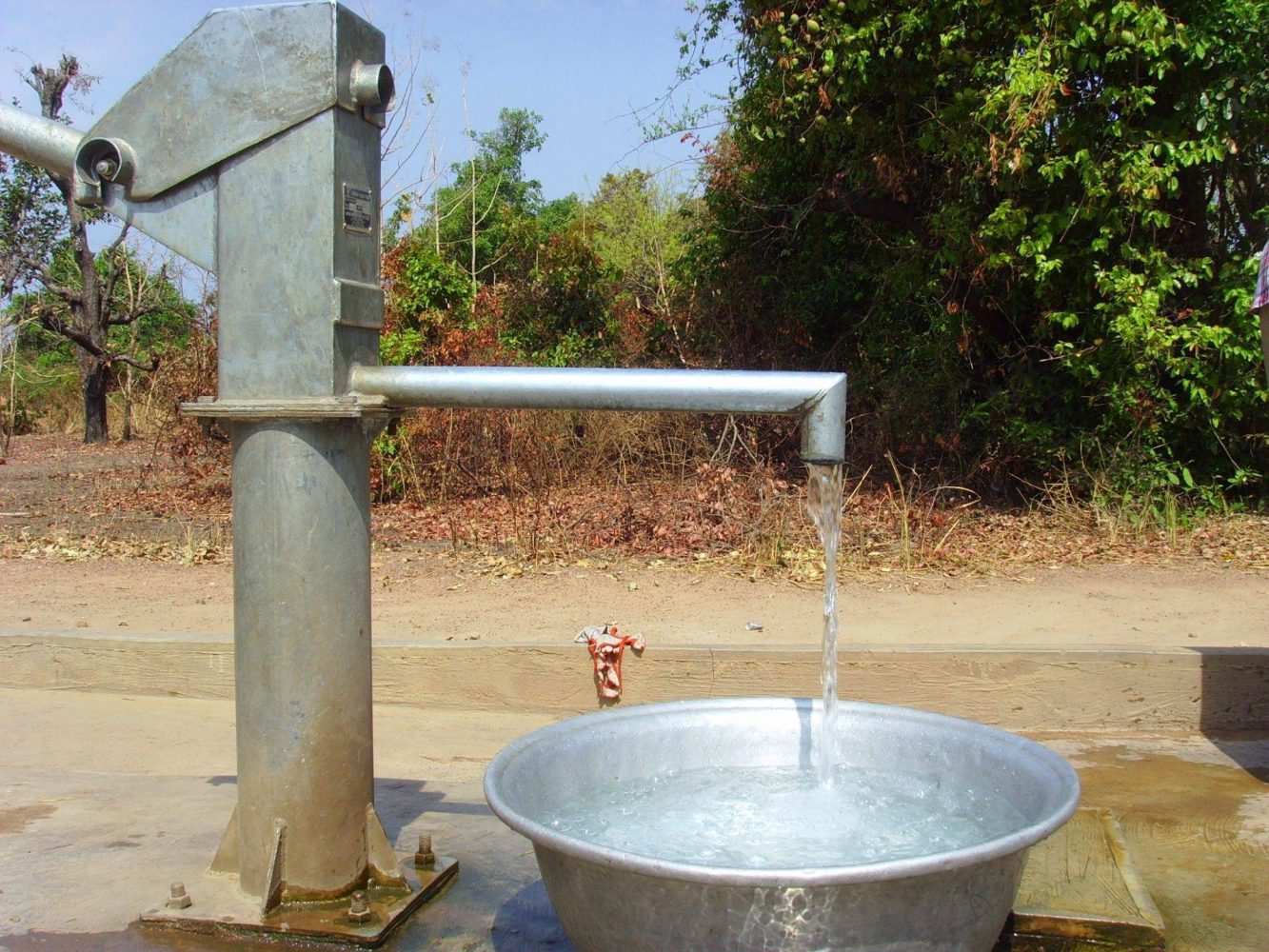‘Digital Wells’ Come In Handy For Water-Scarce Kenyan Villages

For over three decades, Kenya has been faced with severe droughts repeatedly. The story of drought and famine has ‘literally’ become a cliche’ in Kenya. And as time advances apace, the drought cycle continues to become shorter. Owed to to global climate change and environmental degradation, the drought cycle has reduced over the years, from every ten years, down to every five years, then down to every 2-3 years, and currently every year the country experiences some dry spell.
In March of 2019, Kenyans were moved with images of victims living in drought-stricken areas. The media displayed grief-stricken faces of the elderly, malnourished children and livestock carcasses prompting Kenyans to engage in philanthropic acts to salvage those affected. Also, Kenya declared drought a national emergency in 2016/2017 due to the failure of the October- December rains. These are just a few recent cases, there are many other instances where Kenya experienced prolonged severe droughts.
The government of Kenya has been stepping in to salvage those starving as a result of drought. In a bid to provide a solution to drought and famine, the government formed the National Drought Management Authority (NDMA) which is tasked to establish mechanisms in ensuring drought does not become a national emergency as well as co-ordinate the efforts of the government in the management of drought.
The two year old state agency’s scorecard is very poor as it has not been able to accomplish much. The government has also failed in its attempts to handle famine and drought sustainably.
While the government has failed to deliver a tangible solution to the menace, a small village in Western Kenya is using a high-tech solution to water scarcity with so-called “digital wells” in a bid to improve local livelihoods and prevent waste.
For a long time residents of Solai village Nakuru have depended on seasonal rivers and salty Lake Solai for their animals and irrigation. But today, the water levels have drastically reduced due to prolonged droughts.
Access to water has now been made easier as there are ‘digital wells’ that were drilled by World Vision Kenya and Nakuru County government in an attempt to increase water supply in the region.
Villagers use cards fitted with microchips and pre-loaded with money to dispense and pay for the water, helping to fund the costs of drilling wells.
Anne Chesire, a resident of Solai revealed that previously, they would wake up very early to walk miles in order to avoid the long snaking queues at the watering hole, only to fetch salty water.
Charles Kimutai, the Chepkulu Water Project Chairman is impressed with the card system which he says has been very helpful since he does not have to follow people around to get them pay for their water bills.
Nakuru County Governor Lee Kinyanjui called on residents of Solai to take advantage of the new water access to grow and sell produce.
“As we move forward we will want to get the water not just into the water kiosks but even closer to the homes and actually into the homes, eventually,” Kinyanjui said.
Project manager for World Vision Kenya John Mwaura said they have built 11 boreholes and water dispensing machines in the area since December 2018.
“Since we entered into the area, life has changed,” Mwaura said. “As per an evaluation we did, water penetration was at 37 percent. And to date we have gone to 54 percent. So we can say this is an achievement.”
Featured Image Courtesy: Global Water Initiative